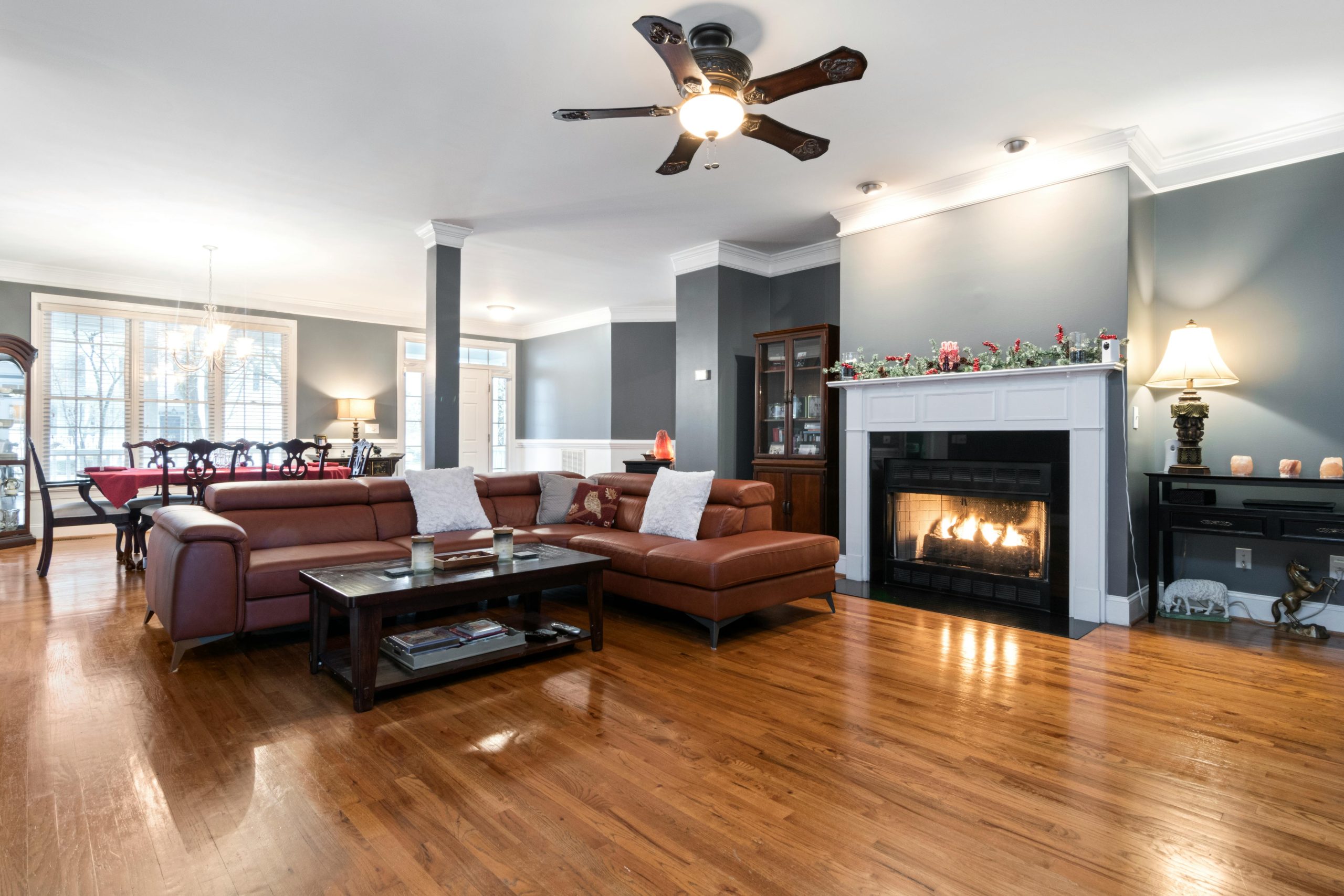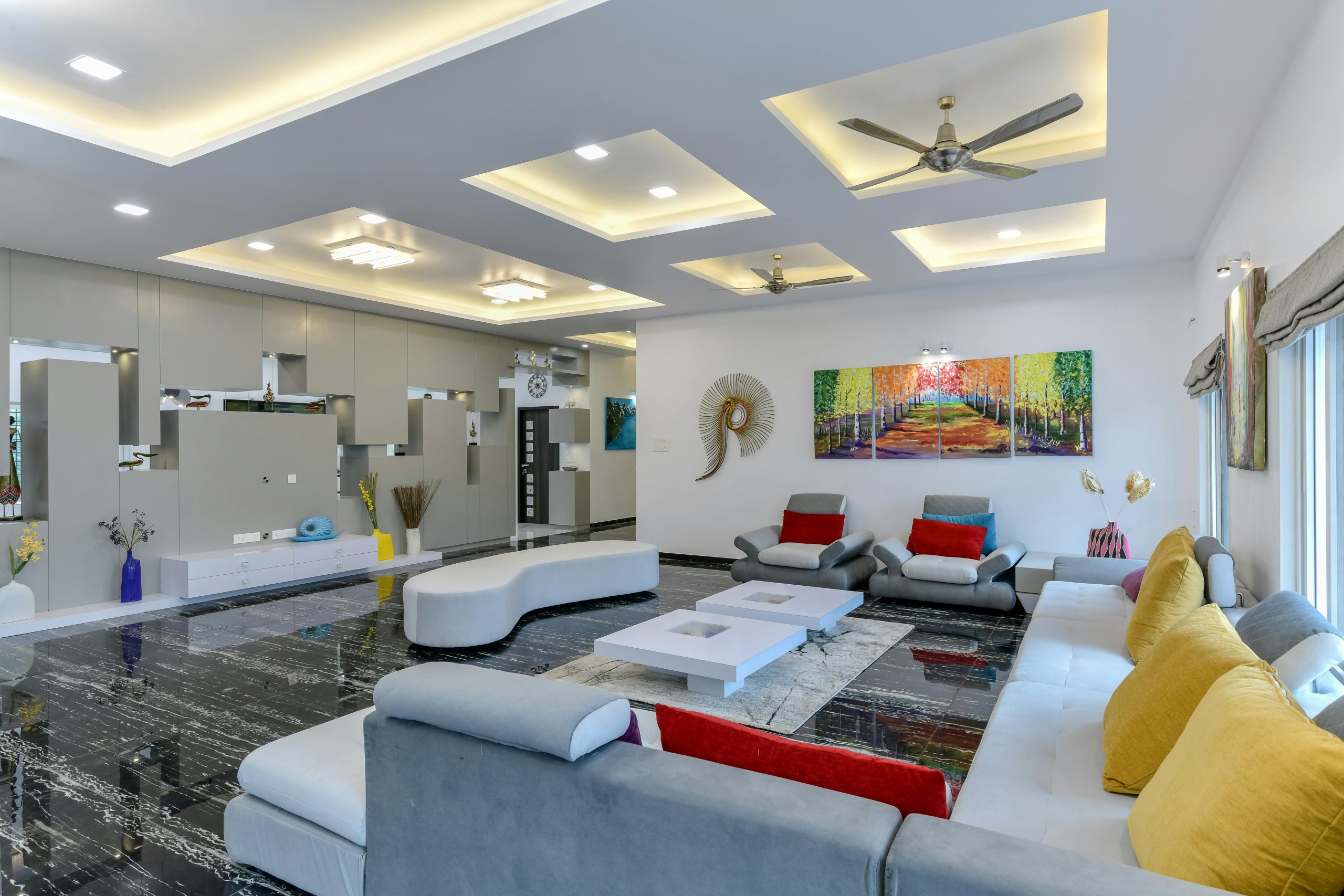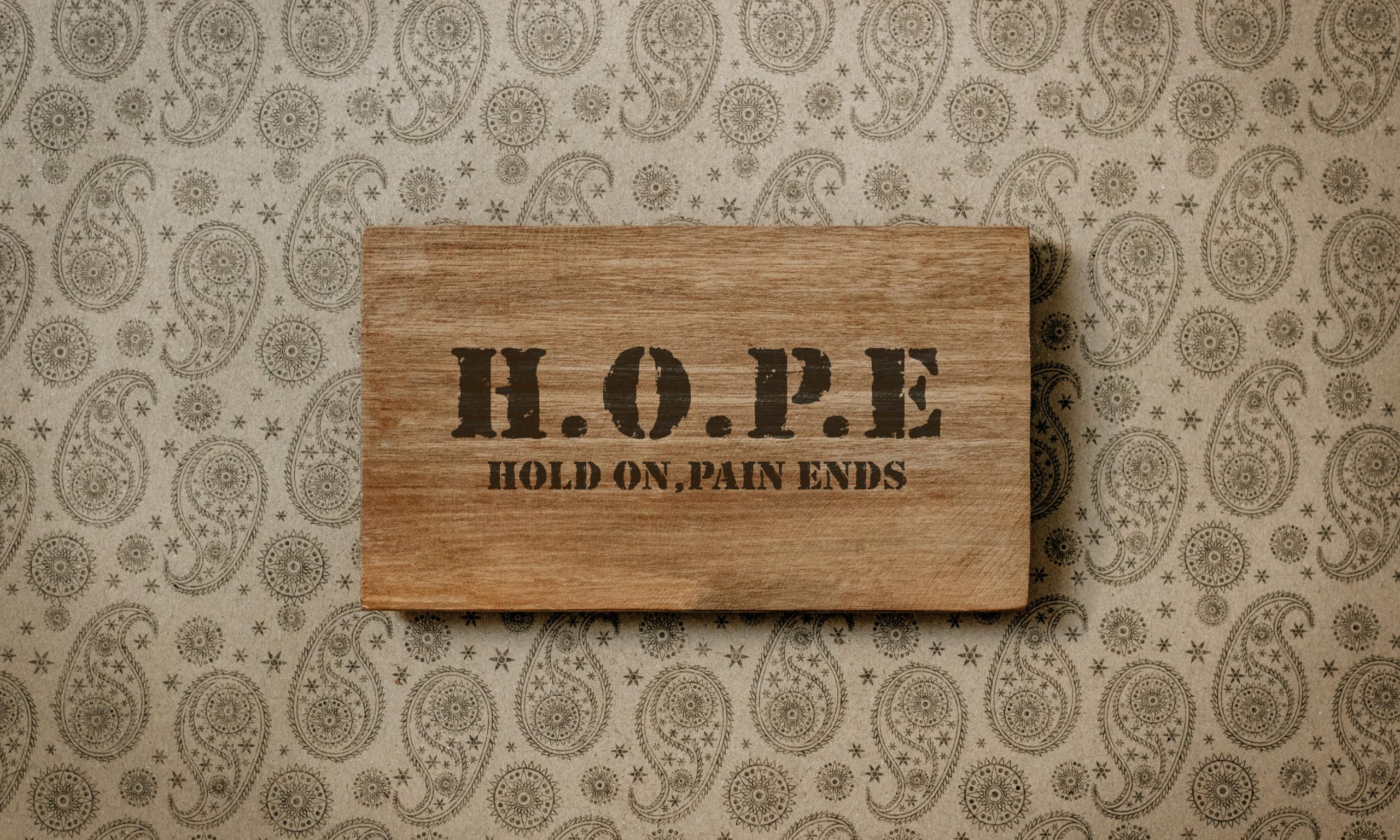Interior Design Concept
It’s true that the way a space has been designed affects our overall mood and behaviour. A cluttered environment can easily make one stressed. On the other hand, a space which is well-designed can make us feel at ease, spark creativity and simply uplift our mood. Interior design is a captivating journey that transforms boring spaces into expressions of art. Today, be it millennials or Gen Z, everybody desires a space that is aesthetically pleasing. For this reason, people are pursuing decoration and design courses. They want to bring their space to life by adding their own unique touch. The journey from concept to completion is indeed a very satisfying one. For example, before-and-after videos are exciting in itself. Only getting a paint job done and adding new furniture isn’t what constitutes interior design. There’s much more to it. Myriad elements come together to create a space that is harmonious yet functional.
Through this blog, we aim at discussing the key elements of interior design that turn a client’s vision into reality.
How is an Interior Design Concept Developed
An interior designer usually visits the site and conducts an inspection. Post this, the design concept begins. This usually involves a detailed discussion between the client and interior designer. The goals and objectives of the space are discussed. Based on what the client wants, the designers showcase their creativity and ideas. When it comes to developing a design concept, there is no specific formula as such.
A concept is a combination of building blocks that define the design of any room. When various elements come together, a beautiful, cohesive room can be made.
Understanding a Client’s Vision
The role of an interior designer is to thoroughly understand a client’s vision. Today, we’re occupants of an era where there is abundant inspiration, countless images and an array of trends on social media and Pinterest. Amidst all this inspiration, it can be quite a challenge to understand what truly resonates with your beliefs and personality. An interior designer comes in to bridge the gap and understand what you truly want. They are translators between your dream and tangible reality. Since they’ve completed an interior design course, they know how to sift through the noise, understand core desires and create a space that aligns with your lifestyle. Once your vision is understood, the next step is concept creation and articulation.
Key Elements of Interior Design
Balance
Balance can make or break a space’s design. There are multiple ways to create a balanced look. However, keep in mind that balance doesn’t always have to be symmetrical. For example, you’ve probably noticed the same side table being used on either side of the bed to create a cohesive look. That’s not all. Asymmetrical balance is also a popular interior design trend. It involves placing a large and small object together. Radial balance where objects are evenly distributed around a focal point is another concept used by some.
Texture and Tone
Texture is the heart of interior design. It adds depth and dimension to any space. In interior design, texture refers to surface quality and the kind of materials used in designing a space. Texture involves durability, aesthetics and overall ambience. Material and furnishing selection also set the tone for the design. It’s all about creating a harmonious and cohesive end result.
Colour
Colour is another essential component of interior design. It can evoke the right emotions, set the mood and bring a concept to reality. The colour you choose for a room depends on how you perceive it and what you want to achieve. Darker colours make a room look smaller while lighter tones create an illusion of openness. An interior designer can help you curate a colour palette that aligns with your concept and selected material. Always remember, based on the purpose of the room, a specific hue should be used.
Focal Point
It’s important that the design must have at least one focal point. When you walk into a room, there’s one element your eyes go to immediately. This is a focal point. For any design to feel complete, one focal point is necessary. If you have more than one, make sure one leads while the other follows. Don’t underestimate focal points as they help in balancing a space.
Harmony
In interior design, harmony is all about uniting spaces. It’s usually achieved in the final stages of interior design completion. It can be achieved by making sure small details fit together seamlessly. Harmony is all about creating cohesive serenity.
Conclusion
It’s the little touches that elevate a design from great to exceptional. You will see your design plan solidify and come to reality. During this phase, effective project management is key and for that seeking the help of an experienced interior designer is important. Another important component to create an architectural masterpiece is understanding different design styles. Today, there is an increasing demand for trained interior designers, and thus Vogue offers an array of Bachelors, Masters and Diploma programmes for those who want to build a fulfilling career in interior design and decoration courses.




